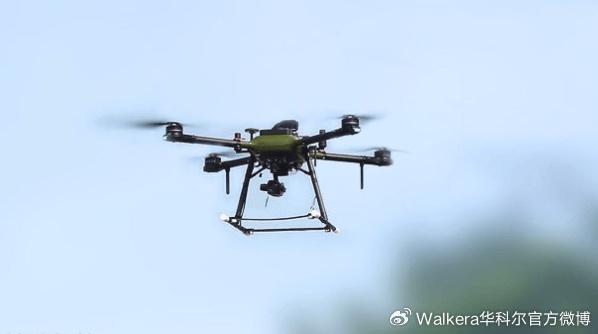The proliferation of drones in recent years has led to a significant increase in unexpected drone sightings, capturing the public’s attention and sparking curiosity. These drones, also known as unmanned aerial vehicles (UAVs), have been observed in a variety of settings, ranging from bustling urban landscapes to remote rural areas. The reasons behind these sightings can be multifaceted, encompassing both legitimate and problematic uses of drone technology.
Why Are Drone Sightings on the Rise?
Several factors contribute to the growing number of drone sightings. First and foremost, the affordability and accessibility of consumer drones have made it easier for enthusiasts and professionals alike to explore the skies. With technological advancements, drones now come equipped with high-definition cameras and advanced navigation systems, allowing users to capture stunning aerial footage.
Moreover, drones are increasingly employed in commercial and industrial sectors. Companies utilize them for surveillance, agriculture, delivery services, and infrastructure inspection, which inevitably leads to more frequent observations by the general public. Despite these legitimate uses, unauthorized drone activity can pose serious concerns, especially when it involves drone sightings in restricted areas such as airports or government facilities.
Impact of Drone Sightings

The ramifications of unexpected drone sightings extend beyond mere curiosity. Instances of drones violating airspace regulations highlight the importance of enforcing stringent aviation laws. Unauthorized flights can lead to air traffic disruptions and pose significant safety risks. For instance, several airports have reported incidents where drone sightings forced temporary shutdowns, causing flight delays and passenger inconveniences.
Furthermore, the invasion of privacy remains a crucial issue. Drones equipped with cameras can inadvertently capture sensitive information or record individuals without their consent, leading to potential legal implications. As a response, lawmakers worldwide are working to establish frameworks that balance the benefits of drones with the protection of individual rights.
Technological Advancements in Managing Drone Sightings
To effectively address the challenges posed by unexpected drone sightings, cutting-edge technology is being developed. Anti-drone systems, such as radar detection and radio frequency jamming, are increasingly employed to identify and neutralize unauthorized drones. Additionally, geofencing technology helps prevent drones from entering restricted zones by employing GPS signals to create virtual barriers.
Future Developments and Regulations
The future of drone technology and its associated sightings is closely linked to regulatory developments. Authorities are continuously updating policies to ensure the safe integration of drones into the airspace. Proposals include mandatory registration, pilot certification, and specific flight operation guidelines. These measures aim to minimize unauthorized drone activities while allowing for innovation and economic opportunities.
FAQs About Drone Sightings
- What should I do if I encounter an unauthorized drone?
- If you see a drone in a restricted area or behaving suspiciously, it’s crucial to report it to the local authorities or the Federal Aviation Administration (FAA). Avoid attempting to interfere with the drone as it may lead to legal repercussions.
- How can I protect my privacy from drone surveillance?
- While legislation is being developed to address privacy concerns, individuals can take personal measures such as installing physical barriers or using technology that blocks drone cameras. Additionally, staying informed about your rights can help in addressing any intrusive drone activity.
- Are there any benefits to increased drone sightings?
- Yes, increased drone sightings can indicate positive growth in sectors like agriculture, real estate, and search and rescue operations. Drones provide innovative solutions that can improve efficiency and outcomes in these areas.
Given the rapid evolution of drone technology, it’s clear that unexpected sightings are here to stay. As society adapts to these flying devices, finding a balance between innovation and regulation will be key to reaping the benefits while mitigating risks.